order
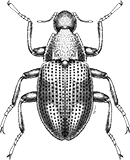
Coleoptera
“Adult Beetles”

Coleoptera
“Larval Beetles”

Diptera
“True Flies”

Ephemeroptera
“Mayflies”
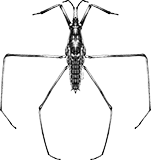
Hemiptera
“True Bugs”

Lepidoptera
“Aquatic Caterpillars, Snout Moths”

Megaloptera
“Alderflies, Dobsonflies, and Fishflies”
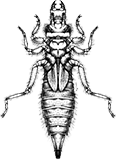
Odonata
“Dragonflies and Damselflies”
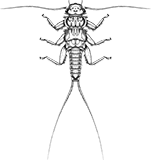
Plecoptera
“Stoneflies”
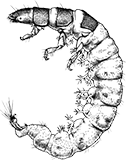
Trichoptera
“Caddisflies”
family
Heptageniidae
Maccaffertium
“Flat-headed Mayflies”
Genus Overview
There are at least 16 species with larvae found in both fast and slow lotic (flowing water) habitats of North America. Fly fishers know the duns of various species as "March Browns" and "Light and Dark Cahills." Larvae are clingers in these streams and feed primarily as scrapers of attached algae, diatoms, and other biofilm, although they may simply collect fine organic particles facultatively.
Characteristics
POLLUTION TOLERANCE
No pollution tolerance ranges defined.
FEEDING HABITS
Collector / Gatherer
Scraper / Grazer
Scraper / Grazer
MOVEMENT
Clinger
DISTRIBUTION
Widespread (east of the Rocky Mtns.)
HABITAT
Lotic-depositional
Lotic-erosional
Lotic-erosional
Diagnostic Characters
order
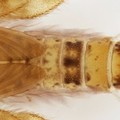
Abdominal Gills
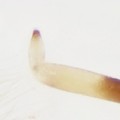
Single Tarsal Claw
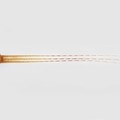
Usually 3 Tails
family
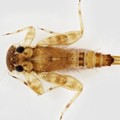
Flat Head And Body
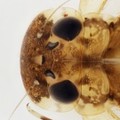
Margin Around Eyes
genus
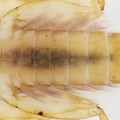
Gills On 1–6 Truncate
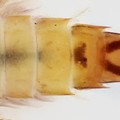
Gills On 7 Slender
+ Expanded Character List
Order:
Wings developing in wing pads. Mouthparts suitable for chewing. Gills present on tops and sides of abdomen. Segmented legs present. One tarsal claw per leg. Usually with 3 tails (sometimes 2).
Family:
Head and body dorsoventrally flattened (depressed). Eyes and antennae positioned dorsally. Lateral margins of head visible beside the eyes. Mandibles not visible from dorsal side. Claws much shorter than tarsi. Tibiae and tarsi straight. Abdominal gills on segments 2–7 variably shaped depending on genus and species.
Genus:
Maxillary palps rarely protrude at sides of head. Second segment of each maxillary palp is short and inconspicuous. Gills on abdominal segments 1–6 have truncated distal ends, each with at least part of apical edge straight. Fibrilliform portion of gills on abdominal segments 2–6 each with many conspicuous filaments. Gills on abdominal segments 4–6 positioned laterally, and usually with broad lamellae (flat plate-like portion of gills). Gills on abdominal segment 7 reduced to slender filaments, and trachea absent or with few or no lateral branches. Posterior end of abdomen with three well-developed tails.
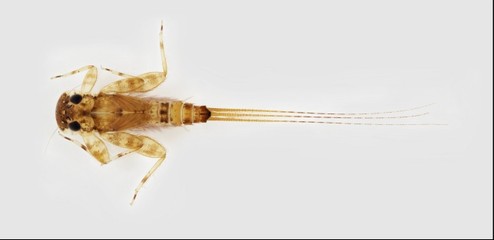
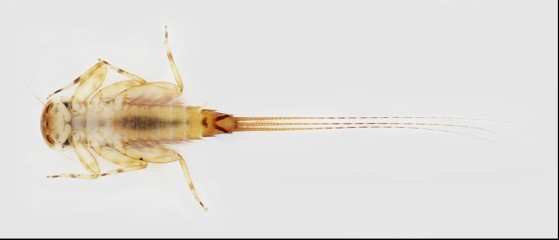
Dorsal
Ventral




